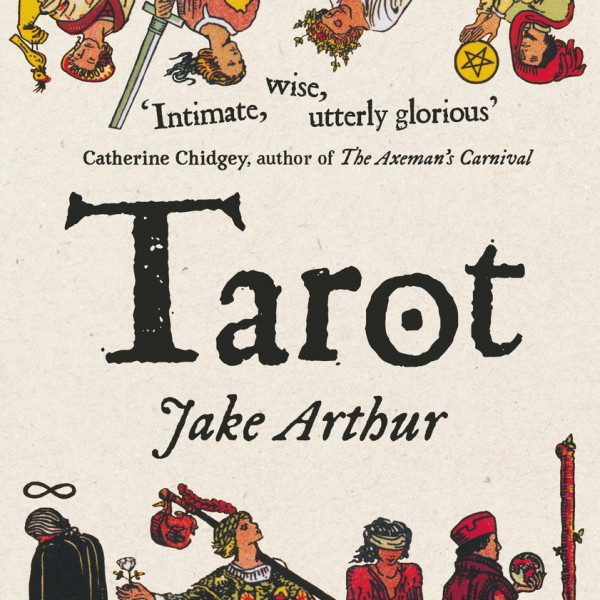
They Said What?!
Edited by Heather Kavan
Out 29th Oct via Allen & Unwin
Reviewed by: Margaret Austin
Want a coffee table book that’s also a great conversation starter? I recommend They Said What?! – a collection of iconic Kiwi quotes from the last 12 years. Voted for by New Zealanders, these represent a broad spectrum of comments, exclamations, excuses, explanations, and gaffes from politicians, sportspeople, comedians, musicians, activists, and broadcasters.
It’s tempting to quote the best ones, so instead I’ll provide clues. What were the memorable words said by three guys who rescued trapped citizens during Cyclone Gabrielle? And who were the guys? Self-deprecation can enhance action.
From the politicians: Who said what about lamingtons? Who was encouraged to raise an eyebrow in defeat? Who did a little dance at certain news and why? What was the one about the benefit? And way back in 2014, who said he was sorry for being a man?
From politics to magic powers: The Christchurch Wizard makes a bold statement that’s been borne out by spells that actually worked; a cannabis user has hopes about a tinny house; Taika Waititi has strong opinions about New Zealand; a musician compares John Clarke to Nureyev; and comedian Te Radar is worried about the economy.
Editor Kavan and her colleagues made rigorous decisions about the winning quotes for each year based on brevity, originality, and impact. Ultimately, the voting public were the deciders. And of all the gems in this collection, one stands out for me. Not made by a politician, sportsman, writer, or public figure of any kind, a 2015 winning quote takes the cake for its extraordinary courage. A schoolboy at Christchurch Boys’ High, on a razor’s edge between life and death, nevertheless delivers a heart-stopping message at the senior prizegiving ceremony. “None of us get out of life alive. So be gallant, be great, be gracious, and be grateful for the opportunities you have.” He goes on to survive the cancer that should have killed him. I wonder what The Christchurch Wizard would have to say about that!
I would like to think these 100+ quotes represent and express what’s best and finest and funniest about us New Zealanders.












